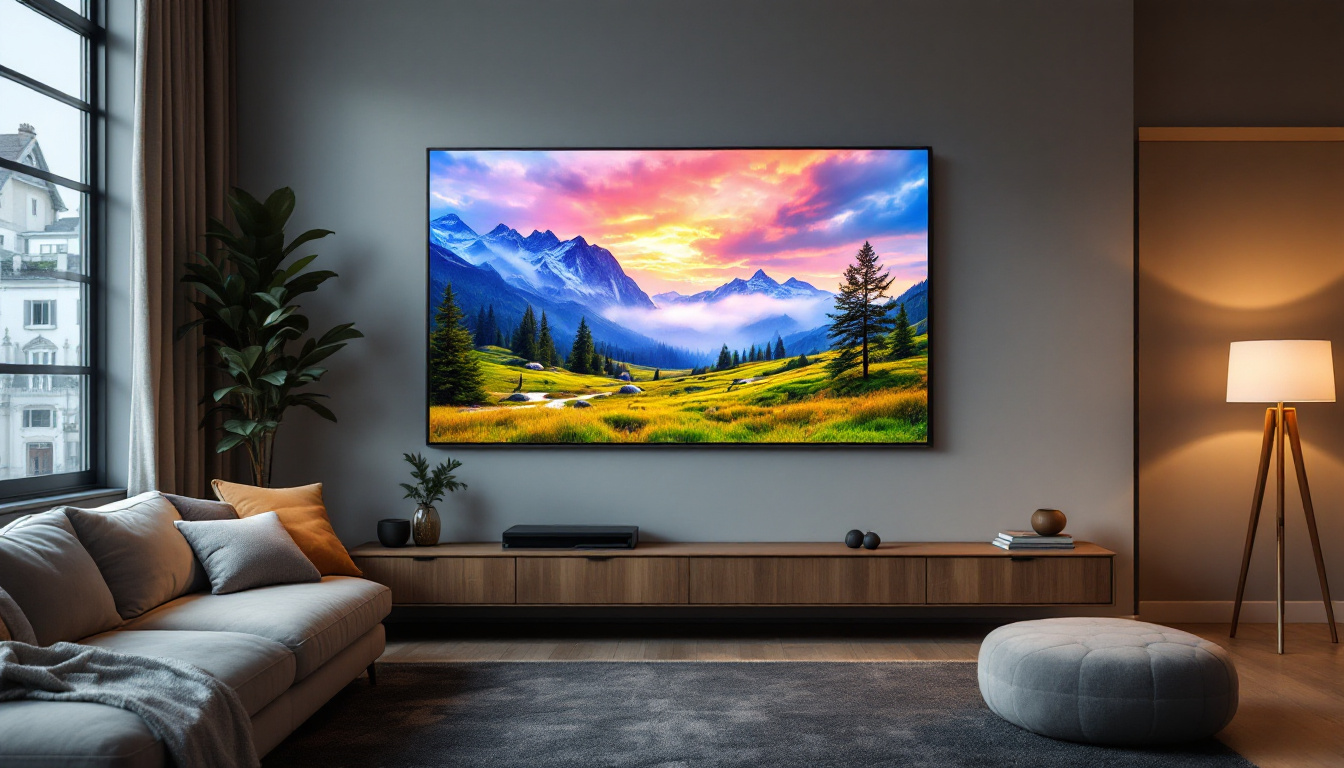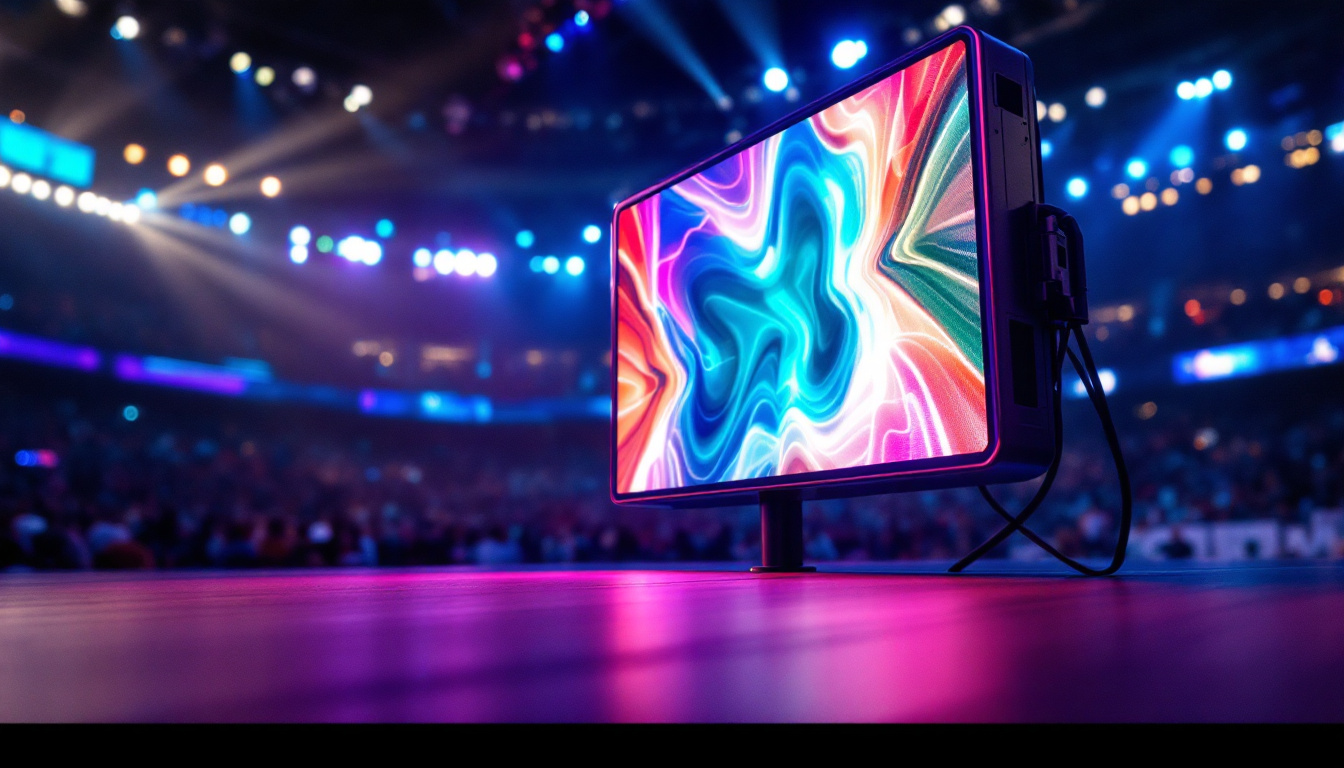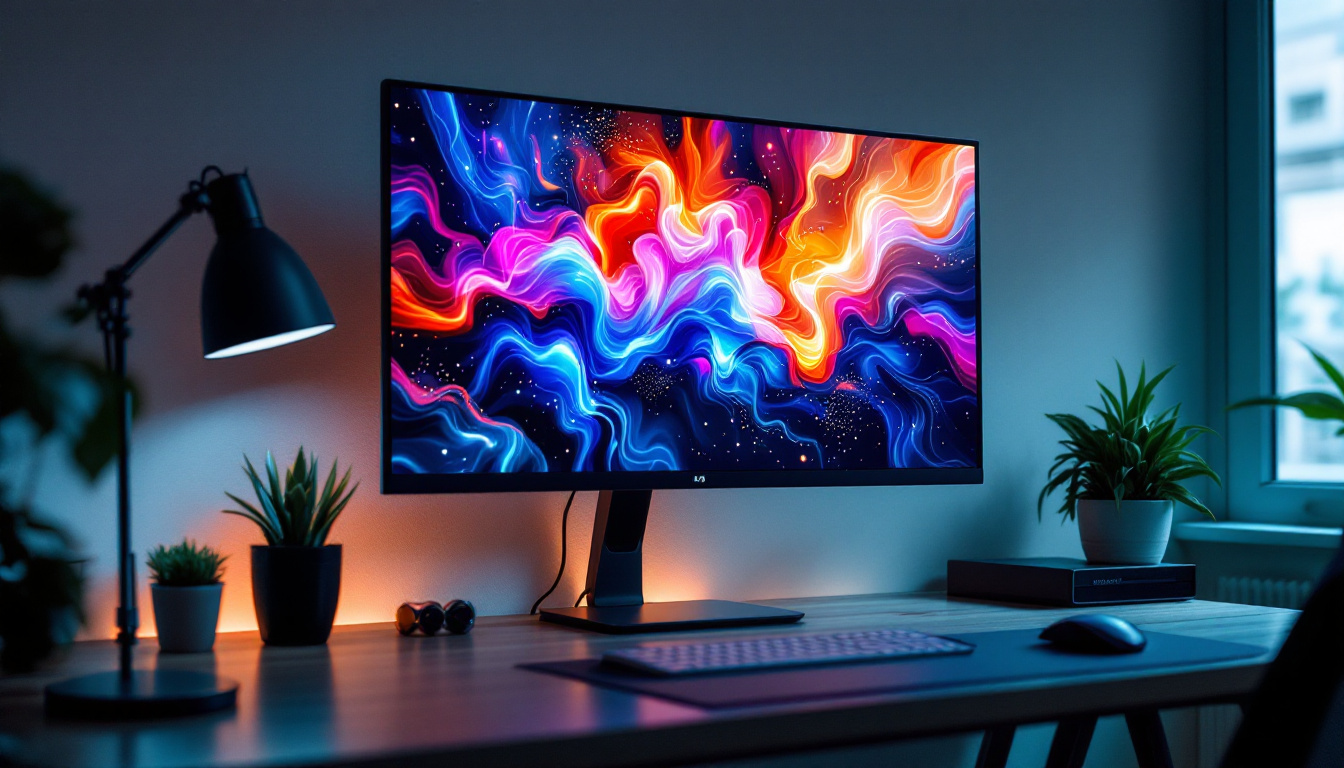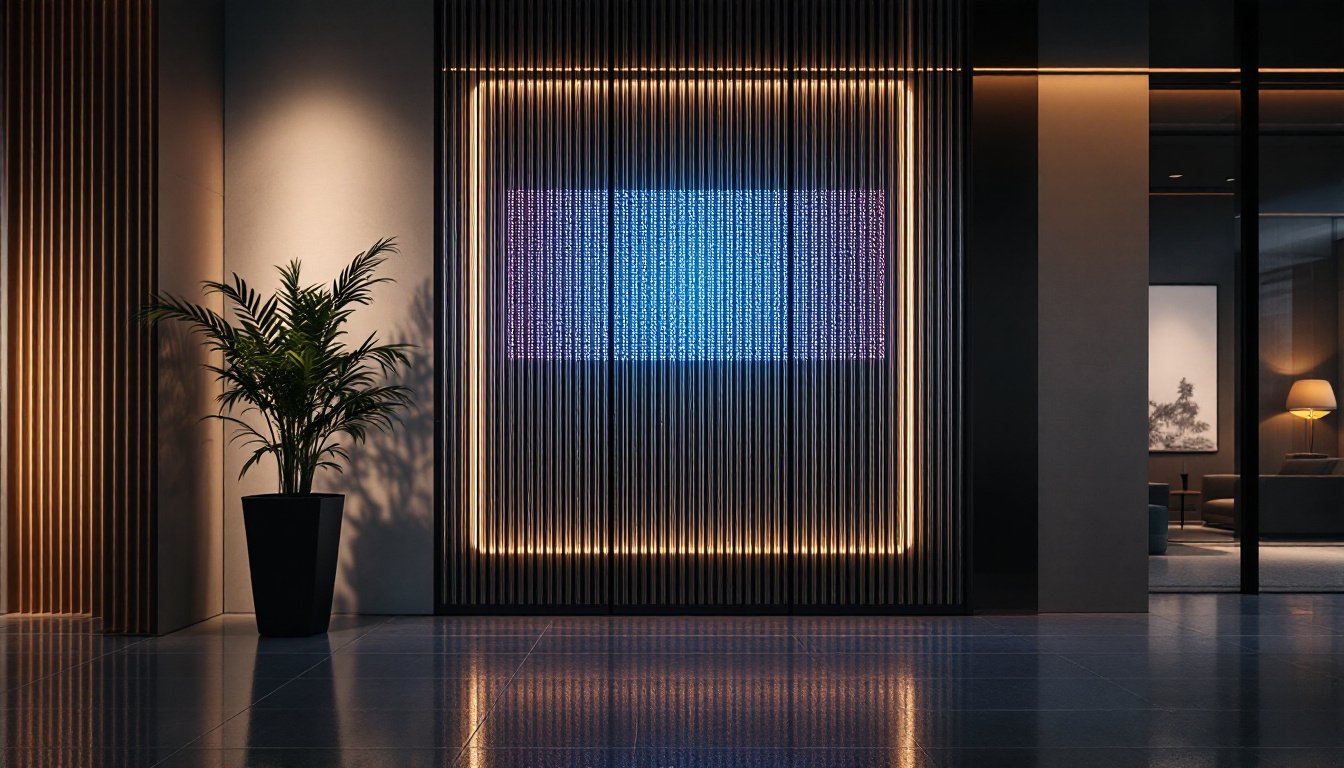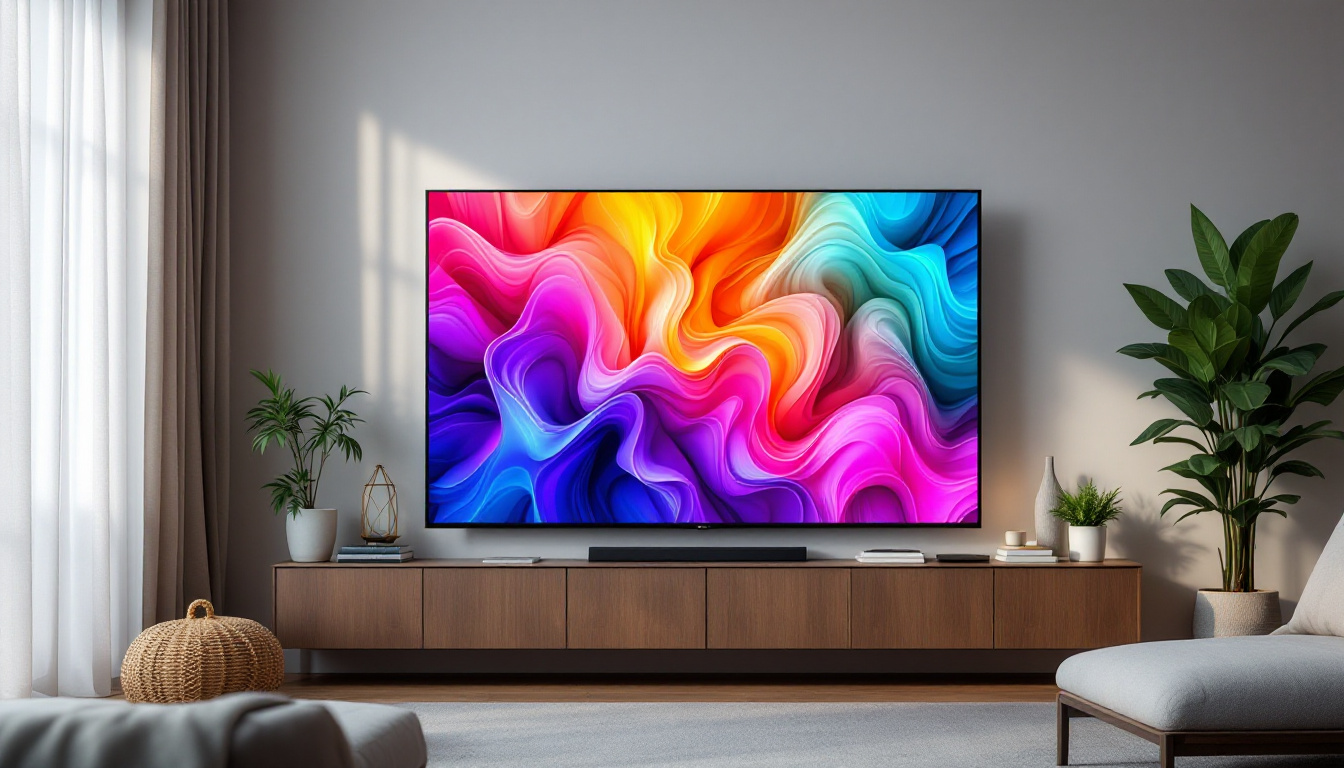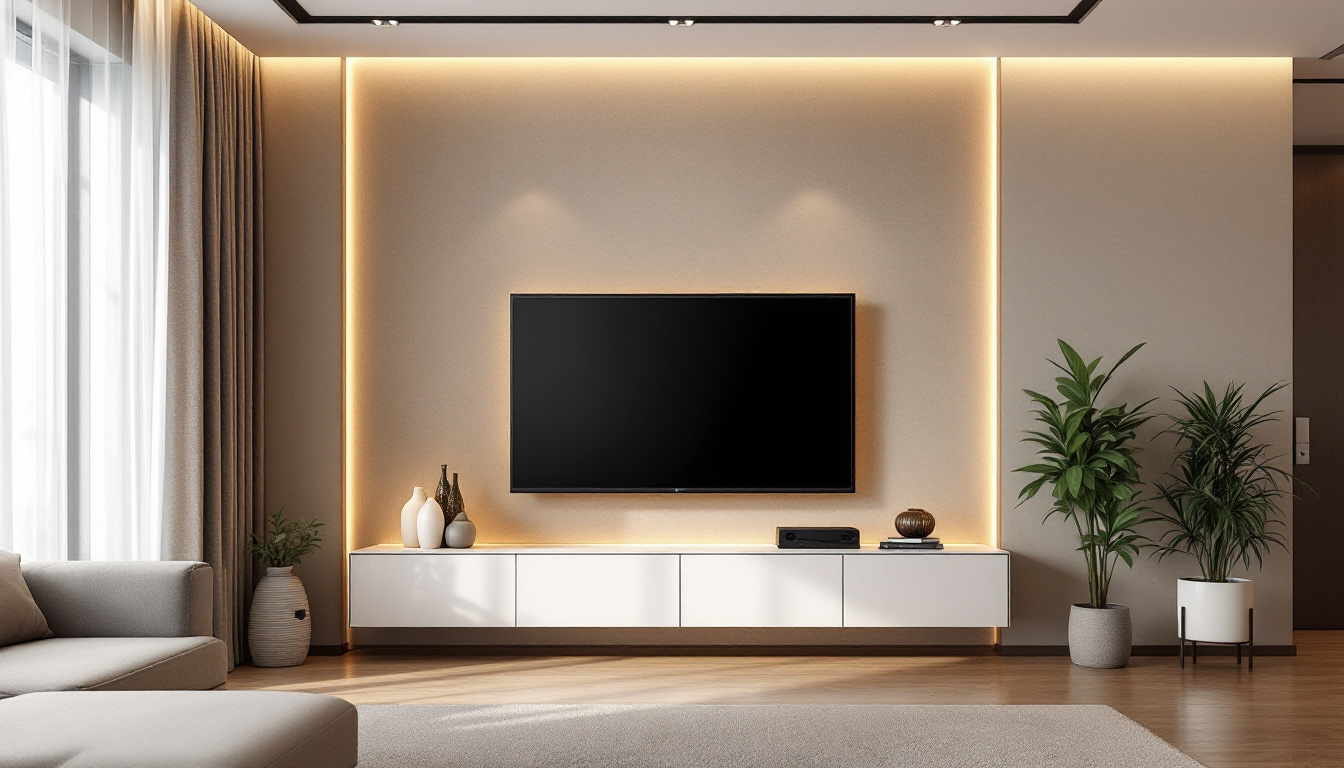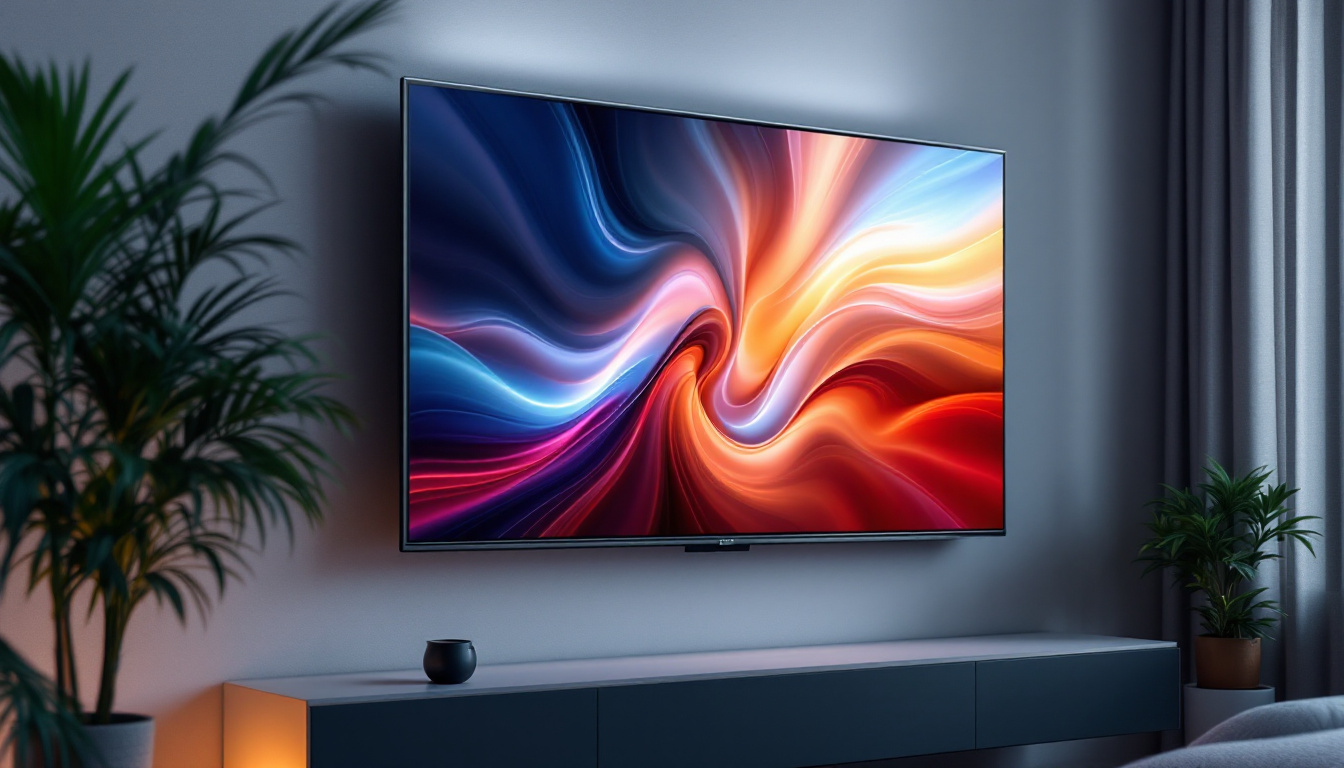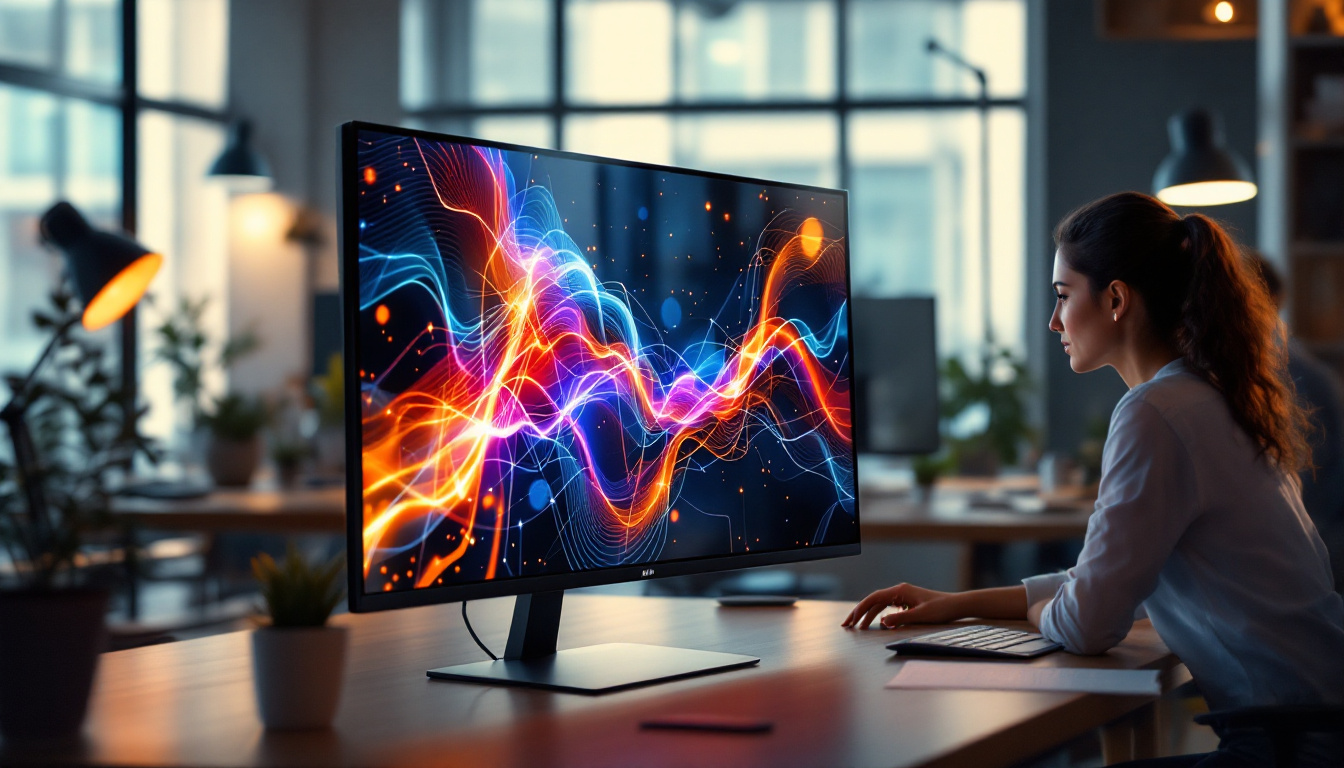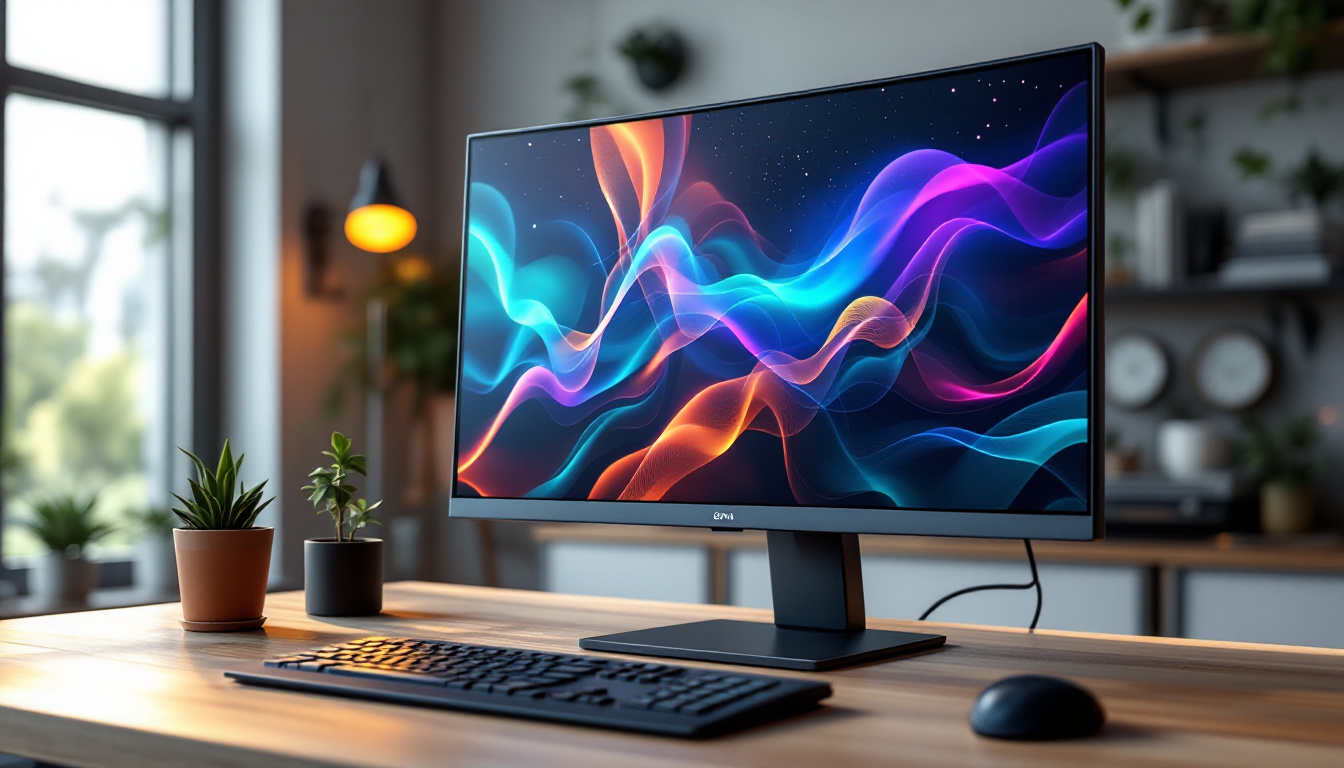Wall Mount Flat TV: LED Display Explained
In recent years, the popularity of wall-mounted flat-screen televisions has surged, transforming the way people enjoy their favorite shows and movies. Among the various types of displays available, LED technology stands out for its vibrant colors, energy efficiency, and sleek design. This article delves into the intricacies of LED displays, their advantages, and how they fit into the modern living space.
Understanding LED Technology
LED, or Light Emitting Diode, technology has revolutionized the television industry. Unlike traditional LCD TVs that use fluorescent backlighting, LED TVs utilize an array of tiny diodes to produce light. This innovation not only enhances picture quality but also contributes to a thinner and lighter design, making them ideal for wall mounting. As a result, consumers can enjoy a sleek aesthetic that complements modern home decor while benefiting from improved energy efficiency, as LED technology consumes significantly less power compared to its predecessors.
How LED Displays Work
At the core of LED technology is the principle of electroluminescence. When an electric current passes through a semiconductor material, it emits light. In LED TVs, this process occurs in two main configurations: edge-lit and full-array. Edge-lit displays have LEDs positioned along the edges of the screen, while full-array models feature a grid of LEDs behind the screen, allowing for more precise control of brightness and contrast. This precision is particularly beneficial for high-definition content, where the clarity and detail of the image can significantly enhance the viewing experience.
Furthermore, many LED TVs incorporate local dimming technology, which enhances the contrast ratio by dimming specific areas of the screen while keeping others bright. This results in deeper blacks and more vibrant colors, creating a more immersive viewing experience. Additionally, advancements in HDR (High Dynamic Range) technology have further elevated the capabilities of LED displays, allowing for a wider range of colors and brightness levels that can be displayed simultaneously. This means viewers can enjoy scenes with bright highlights and dark shadows in stunning detail, making movies and shows more lifelike.
Types of LED Displays
There are several types of LED displays available on the market, each catering to different preferences and needs. The most common types include:
- Standard LED: This is the most basic form, utilizing edge-lit or full-array backlighting without advanced features.
- QLED: Quantum Dot LED TVs use quantum dots to enhance color accuracy and brightness, providing a superior viewing experience. These TVs are particularly favored for their ability to produce a wider color gamut, making them ideal for watching vibrant content like animated films or nature documentaries.
- OLED: While technically not LED, OLED (Organic Light Emitting Diode) displays offer exceptional contrast and color reproduction, as each pixel emits its own light. This allows for true blacks and a level of detail in shadows that is unmatched by traditional LED displays, making OLED a popular choice among cinephiles and gamers alike.
In addition to these types, there are also emerging technologies such as Mini-LED and MicroLED, which promise even greater advancements in display performance. Mini-LED technology utilizes smaller LEDs for backlighting, allowing for more precise control over local dimming zones, while MicroLED represents a significant leap forward by using microscopic LEDs to create self-emissive displays. These innovations are paving the way for the next generation of televisions, offering consumers even more choices when it comes to picture quality and viewing experience.
Benefits of Wall-Mounting LED TVs
Wall mounting a flat-screen TV not only saves space but also enhances the overall aesthetic of a room. The sleek design of LED TVs lends itself well to modern interiors, allowing for a clean and uncluttered look.
Space-Saving Design
One of the primary advantages of wall mounting is the significant space it saves. By eliminating bulky furniture or entertainment centers, homeowners can create a more open and inviting living area. This is particularly beneficial in smaller homes or apartments where every square foot counts.
Additionally, wall mounting allows for greater flexibility in arranging furniture. The TV can be positioned at eye level, ensuring comfortable viewing from various seating arrangements. This adaptability makes it easier to create a cozy and functional space. Furthermore, wall-mounted TVs can often be paired with cable management systems that conceal wires and cables, further contributing to a tidy and organized appearance. This not only enhances the visual appeal but also simplifies cleaning and maintenance, making it easier to keep the living area looking its best.
Improved Viewing Experience
Wall-mounted LED TVs can dramatically enhance the viewing experience. By positioning the TV at the optimal height and angle, viewers can enjoy a more comfortable and immersive experience. This is especially true for larger screens, where mounting can help minimize glare and reflections from windows and lights.
Moreover, many modern LED TVs come equipped with features such as 4K resolution and HDR (High Dynamic Range), which further elevate the quality of the viewing experience. When combined with a wall-mounted setup, these technologies can transform any room into a personal cinema. The ability to adjust the viewing angle also allows for a more personalized experience, accommodating different activities like gaming, movie nights, or even watching sports with friends. Additionally, wall-mounted TVs can be integrated with sound systems and smart home devices, creating a fully immersive entertainment environment that enhances not just the visual aspect, but the auditory experience as well.
Installation Considerations
While wall mounting an LED TV offers numerous benefits, proper installation is crucial to ensure safety and functionality. Several factors must be considered before proceeding with the installation.
Choosing the Right Wall Mount
The first step in the installation process is selecting the appropriate wall mount. There are various types of mounts available, including fixed, tilting, and full-motion mounts. Fixed mounts keep the TV flat against the wall, while tilting mounts allow for slight angle adjustments, and full-motion mounts enable the TV to swivel and extend from the wall.
When choosing a mount, it is essential to consider the size and weight of the TV, as well as the wall type. Most mounts specify a weight limit and compatibility with specific TV sizes, ensuring a secure fit. Additionally, wall studs should be located for secure installation, as mounting directly into drywall can lead to accidents. It is also wise to think about the viewing height; ideally, the center of the screen should be at eye level when seated, which can enhance the overall viewing experience. Taking the time to measure and plan can make a significant difference in how enjoyable your TV setup will be.
Wiring and Cable Management
Another critical aspect of wall mounting is managing wires and cables. A clean installation not only looks better but also prevents potential hazards. Many wall mounts come with cable management systems that conceal wires behind the wall or along the mount itself.
For a seamless look, consider using in-wall cable management systems. These systems involve running cables through the wall, creating a clean and professional appearance. However, this may require professional installation to ensure compliance with electrical codes. Furthermore, it’s advisable to think about future needs; for instance, if you plan to add more devices like gaming consoles or streaming boxes, ensure that your cable management system can accommodate additional cables without becoming cluttered. Investing in high-quality cables and connectors can also improve performance, especially for high-definition content, making your viewing experience even more enjoyable.
Maintaining Your LED TV
Once the LED TV is installed, proper maintenance is essential to ensure its longevity and performance. Regular care can help prevent issues and keep the display looking its best. A well-maintained TV not only enhances your viewing experience but can also extend the life of the device, saving you money in the long run.
Cleaning the Screen
Dust and fingerprints can accumulate on the screen, affecting picture quality. To clean the screen, use a microfiber cloth and a solution specifically designed for electronics. Avoid using paper towels or harsh chemicals, as they can scratch the surface or damage the screen. Additionally, consider using a screen protector; this can help minimize the buildup of dust and smudges while providing an extra layer of protection against scratches.
It is advisable to turn off the TV and unplug it before cleaning to avoid any potential damage. Gently wipe the screen in circular motions, and be careful not to apply too much pressure. For stubborn spots, lightly dampen the cloth with the cleaning solution, but ensure it is not dripping wet. Regular cleaning not only improves picture quality but also helps maintain the overall aesthetic of your living space, making your entertainment area more inviting.
Updating Software and Firmware
Many modern LED TVs come with smart features that require regular software updates. Keeping the firmware up to date ensures optimal performance and access to the latest features and applications. These updates can also include important security patches, protecting your TV from potential vulnerabilities that could be exploited by malicious software.
Check the manufacturer’s website or the TV’s settings menu for available updates. Most TVs allow for automatic updates, which can simplify the process and ensure the TV is always running smoothly. Additionally, it’s beneficial to familiarize yourself with the TV’s app ecosystem, as many manufacturers frequently release new applications that can enhance your viewing experience, from streaming services to gaming platforms. By staying current with software updates, you can enjoy the latest enhancements and features, making your LED TV a versatile entertainment hub.
Conclusion
Wall-mounted LED TVs offer a stylish and efficient way to enhance any living space. With their advanced technology, sleek design, and numerous benefits, they have become a popular choice for homeowners and renters alike. Understanding the intricacies of LED displays, installation considerations, and maintenance tips can ensure a rewarding viewing experience for years to come.
As technology continues to evolve, LED TVs will likely remain at the forefront of home entertainment. Embracing this innovation not only transforms how content is consumed but also elevates the overall ambiance of any room. Whether it’s for movie nights, gaming, or binge-watching favorite series, a wall-mounted LED TV is a worthy investment in modern entertainment.
Enhance Your Viewing Experience with LumenMatrix
Ready to take your home entertainment to the next level? Discover the innovative world of LumenMatrix, where cutting-edge LED display technology meets captivating design. Whether you’re looking to create an immersive movie-watching environment, elevate your gaming setup, or simply add a touch of modern sophistication to your living space, LumenMatrix has a solution for you. From stunning Indoor LED Wall Displays to dynamic Outdoor LED Wall Displays and beyond, our range of products is designed to revolutionize visual communication and enhance your viewing experience. Don’t wait to transform your space—check out LumenMatrix LED Display Solutions today and see the difference for yourself.




